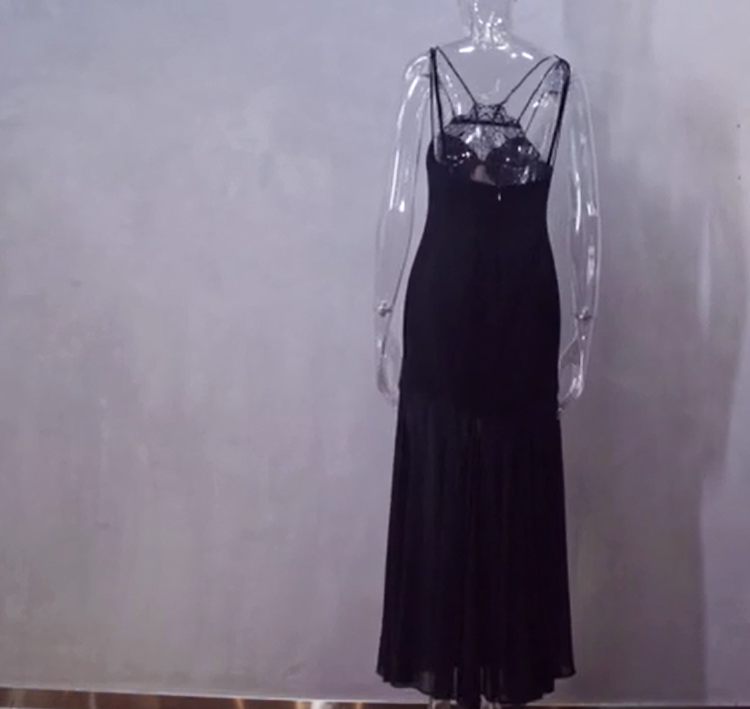| Label | collarless | lace | long dress |
| OEM | white | logo | embroidery |
| Material | Spandex/cotton | ||
Size(custom) | M-5XL | ||
| SEND AN INQUIRY ---Get 2022 new catalog and quote | |||


In accordance with 12 years of accumulation in the clothing industry, as well as exact demands to our development from foreign brands, we have established a professional, complete and efficient team to design according to the customer’s style, regularly and precisely conduct fabric development based on the popular trend, design model of high-end clothing, strictly control quality of fabric and reasonably schedule the production, process rich experience in garment technology quality management, provide efficient delivery operation and services. We have provided quality products and services to brand owners from more than 20 countries, including the United States, Canada, Australia and Europe.

FASHION STYLES - IN CONCLUSION
Surely, there are still plenty of fashion styles; in fact, you can even create your style and become a trendsetter. That’s because fashion is very subjective. You also can’t stick to one style since there are times when you need to wear something casual or follow specific dress codes. Just make sure that you always choose a style that won't restrict your movements because you're not comfortable or happy with it.
There are so many different types of dresses and fashion icons to follow. Getting dressed up means different things to different people. Dress styles are affected by the length of the dress, the shape and the cut of the dress. Necklines, fabrics and sleeves affect dress styles as well as traditional clothing and influences from the past.
TYPES OF DRESSES
One of the worlds most well-remembered designers, Coco Chanel, once said: “Dress shabbily and they remember the dress. Dress impeccably and they notice the woman.”
With this comment in mind take a look at the following list of different types of dresses. Remember within each style the neckline, sleeve, collar or length of the dress can add to the design and effect.
A-LINE DRESS
The A-line dress fits snugly to the hips and then has a flare that gives fullness and the A-line shape. This style is flattering for the pear-shaped figure. The amount of flare can be slight or quite large. When laid on a table an a-line shape looks triangular with the bottom being wider than the top. Slits are not needed in these types of dresses as the wider hem makes it easy to walk in.
APRON DRESS
An apron dress is sleeveless. It is based on an apron style with a bib at the front of the dress. The apron dress resembles the pinafore dress, but often has extra frills and can be worn over another simple dress.
ASYMMETRICAL DRESS
There are many variations to these types of dresses. For example, the hem can be at different lengths, or it may have a sleeve on one side and not on the other, creating an asymmetrical look.
BABY DOLL DRESS
The bodice of the baby doll dress is fitted and usually under the bust. The skirt falls loosely from the bodice and is gathered. This style is often used for night dresses and was popular in the 90s.
BALLGOWN
There are many variations to the ballgown. It may follow different styles like the mermaid or princess cut, but it will always be a formal, voluminous dress. It is designed to create an entrance.